Huge burden and red alert risk
Medical waste management has always been one of the biggest challenges in the health sector, because it not only affects the environment but is also directly related to biosafety and the risk of infection in the community.
A recent report by the Ministry of Health has outlined a panoramic picture with alarming numbers. By the end of 2024, the country currently has about 51,962 medical facilities in operation, including both public and private. Every day, this system discharges a huge amount of waste.
Regarding solid waste, the total amount generated on average is up to 504,600 tons per day. This figure is equivalent to the weight of hundreds of civil aircraft. More worrying is the volume of hazardous medical solid waste such as needles, bandages contaminated with blood, secretions, and pathogens (accounting for 80.5 tons per day).

Encouraging patients and their families to use environmentally friendly alternative materials such as cloth bags, paper bags, paper cups, stainless steel utensils, glassware, etc. is a way to reduce medical waste. Illustrative photo.
At the same time, the burden of wastewater is not small, with an average total output of 52,742,000 m3 per year, equivalent to 144,500 m3 per day and night.
The problem is not only the scale, but also the rate of increase. The Ministry of Health estimates that, on average, the amount of medical wastewater increases by 5-7% each year, while the amount of solid medical waste increases by about 7%. These figures show a huge and growing pressure, requiring a truly effective and strict treatment system, if we do not want to face an environmental and public health disaster.
If 80.5 tons of hazardous medical waste are not classified, collected and destroyed properly, the risk of pathogens spreading into the environment, seeping into water sources and returning to threaten public health is real.
Grassroots solutions: When awareness and expertise are key
Faced with this alarming situation, the solution lies not only in large-scale treatment plants, but must start from the smallest medical facilities in the system: each department and room in each medical facility. Proper classification at the source is considered the first step to deal with pathogens before they have a chance to spread.
Understanding this, many medical facilities are taking drastic action. Typically, the Hanoi Center for Disease Control (CDC) has developed a detailed plan for 2025, aiming to comprehensively tighten waste management processes.
The core objective of the plan is to ensure that 100% of departments and offices strictly implement the classification, collection, storage and treatment of medical waste in accordance with the provisions of Circular 20/2021/TT-BYT of the Ministry of Health. This is the most important legal document, detailing the management of medical waste within the premises of medical facilities.
To achieve this 100% goal, Hanoi CDC determined to focus on two main pillars: people. First of all, Hanoi CDC completed the Steering Committee, implemented Medical Waste Management and built a Medical Waste Management Plan at the unit, and simultaneously implemented two solutions:
Improving professional skills: The plan includes organizing regular training courses to improve the professional skills of medical staff and workers. Medical staff must be trained to correctly identify waste types, understand the classification process (e.g., where to put infectious waste, where to put sharp waste, where to put household waste), improve environmental hygiene and reduce plastic waste.
Changing behavior and raising awareness: Along with professional training are continuous propaganda activities. The goal is to change behavior and raise awareness of everyone in the hospital, from doctors, nurses, caregivers to patients and their families. Only when awareness is raised, compliance becomes a voluntary habit, instead of a coping mechanism. CDC Hanoi has actively communicated through meetings, on the electronic information portal, and electronic boards at the unit.
The model of Hanoi CDC shows that to solve the burden of 80.5 tons of hazardous waste every day, we cannot rely on technology alone. The key lies in standardizing the process and raising awareness among people at each facility. If more than 51,000 medical facilities across the country can take such drastic and systematic actions, the burden of medical waste can be controlled sustainably.
Source: https://suckhoedoisong.vn/thach-thuc-lon-trong-xu-ly-rac-thai-y-te-can-hanh-dong-quyet-liet-tu-co-so-169251112220512565.htm



![[Photo] General Secretary To Lam visits Long Thanh International Airport Project](https://vphoto.vietnam.vn/thumb/1200x675/vietnam/resource/IMAGE/2025/11/13/1763008564398_vna-potal-tong-bi-thu-to-lam-tham-du-an-cang-hang-khong-quoc-te-long-thanh-8404600-1261-jpg.webp)
![[Photo] The "scars" of Da Nang's mountains and forests after storms and floods](https://vphoto.vietnam.vn/thumb/1200x675/vietnam/resource/IMAGE/2025/11/13/1762996564834_sl8-jpg.webp)



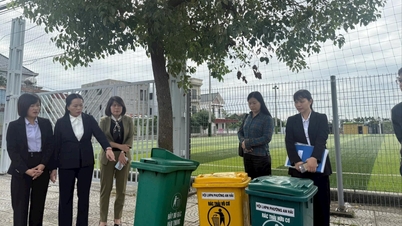

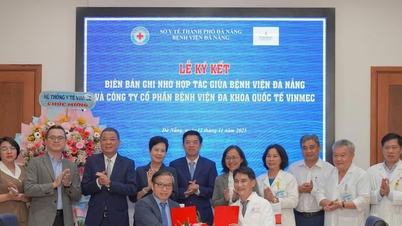







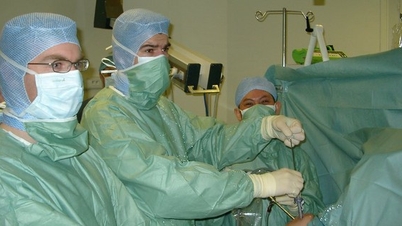


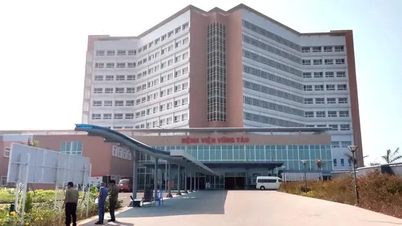

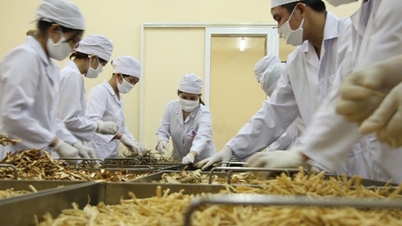
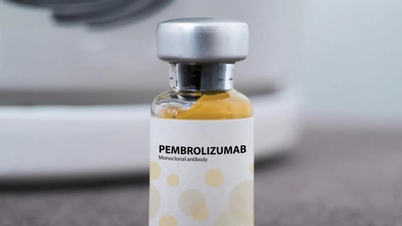





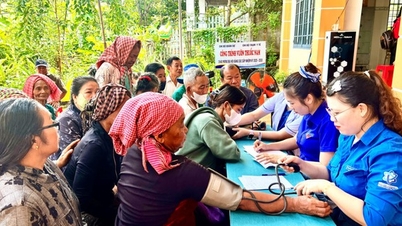





















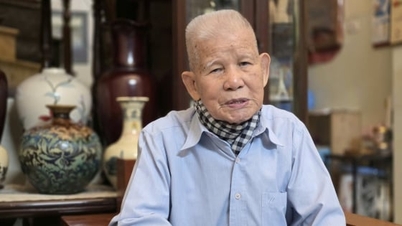
























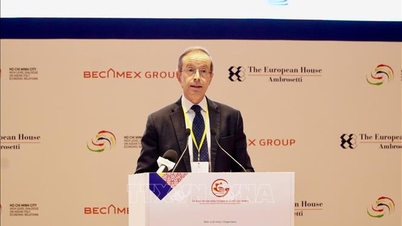









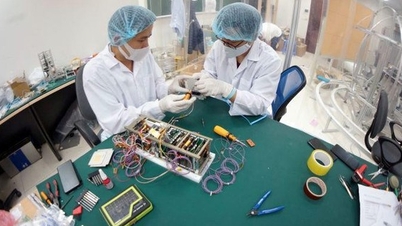




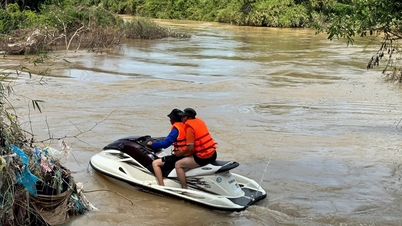
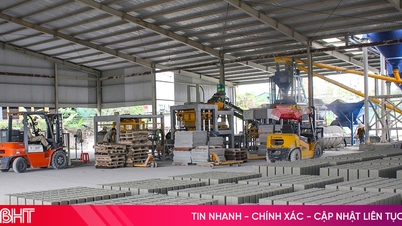







![Dong Nai OCOP transition: [Article 3] Linking tourism with OCOP product consumption](https://vphoto.vietnam.vn/thumb/402x226/vietnam/resource/IMAGE/2025/11/10/1762739199309_1324-2740-7_n-162543_981.jpeg)






Comment (0)